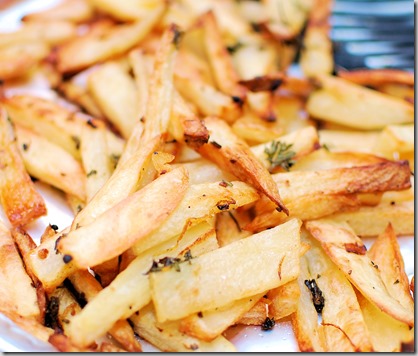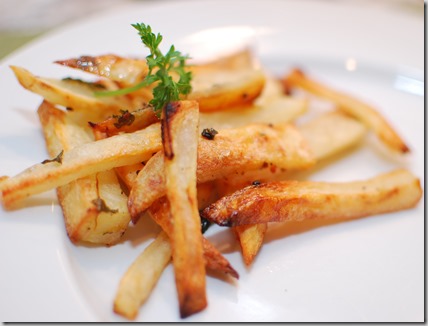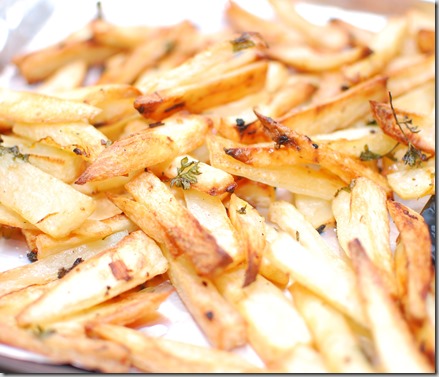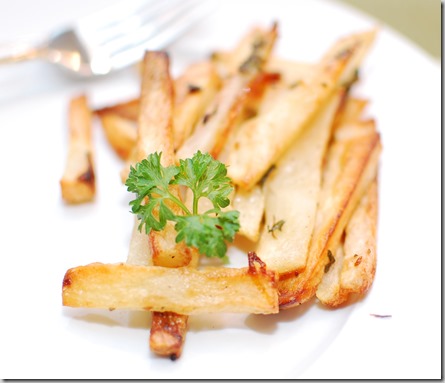When I worked with a trainer in 2010 to run my first marathon, it was made clear that most of my runs would be based on hours:minutes not miles. I didn’t get this. Ever since I had started running it was always how many miles were run that day, that week, that month. It wasn’t hours!
In addition to a history of running based on miles not hours, my thought was “if I have to run 26.2 miles, I want to come pretty close to that amount in training.” My trainer understood but made clear the reasoning behind the hours over miles.
The longer we are running, the greater chance of an injury. Our purpose in training for a race is to get to the starting line in top physical condition. We get in that condition by training over the course of months. It’s the accumulation of all those back-to-back runs (Monday through Sunday) that help build our endurance. We can’t just run one long miler a week and think that’s what marathons are made of.
Even so, 20 miles seems to be the “go to” point in marathon training. Seasoned marathoners want to run more than that. For slower runners, achieving the 20 mile goal in training may mean 4 plus hours on the road. That’s a lot of hours and wear and tear on the body. “18 – 20 miles or 3 1/2 hours, which ever comes first.” Again, this works because our training is not done looking at one day at a time. And once AGAIN, think weeks and months. So if you run slower and over the course of 3 1/2 hours can only achieve 16 – 18 miles, don’t sweat it. The day before you most likely ran 60 minutes or more. Earlier that same week you probably put in about 30 to 32 miles. That’s building a base.
Yes, the long run is important but more important is getting to the starting line in “mint” condition. Remember the dreaded taper? The week before the marathon training run time will be reduced by close to 50%. You’ll have plenty of energy to run that 26.2. It’s getting to that starting line, running mile 1 feeling great that really counts.
Meyer Lemon Fries!
Crispy outside with a delicate middle. A mild lemon taste.
Preheat oven to 450 F.
- 2 large Russet potatoes
- 1/4 cup olive oil
- 1 tsp salt
- 1/2 tsp fresh ground pepper
- 1 Meyer lemon zested
- 1 TBS chopped parsley
- 1 tsp minced garlic
Peel and slice potatoes into fries, about 3/8” thick. Place into a large bowl of cold water.
In another bowl, mix the oil, salt, pepper, lemon zest, parsley and garlic.
Drain potatoes and dab dry with clean paper towel. Place the fries into the bowl of oil and seasoning and toss to coat.
Spread the fries on a large non stick pan or one lined with non stick foil. Bake for 40 – 50 minutes, turning once or twice during cooking.
Top with parsley when serving.
If you’re a runner, how do you log your training? Miles? Hours?
Have you ever bought Meyer lemons? How did you use them?






I LOVE this advice – I run by miles, but I’m also careful not to overdo it. It took me a long time to learn to listen to my body!
Those fries sound fabulous! I’ve been going through a phase of sprinkling lemon zest over everything, from breakfast to dessert, so I’m thrilled to have yet another excuse to whip out my microplane.